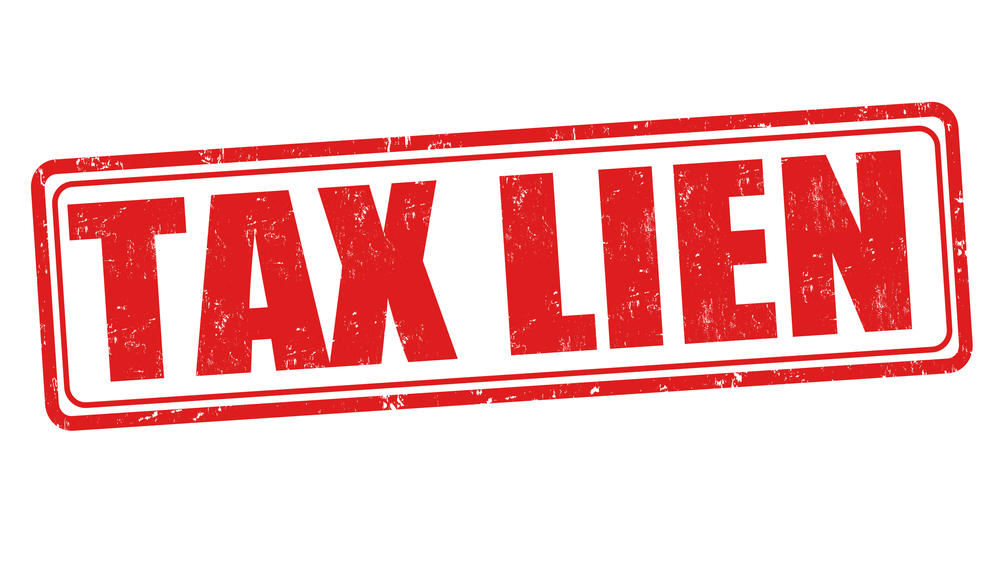First of all, you should be aware that there is a difference between a tax levy and tax liens.
Tax levy – this is when your assets or property are seized by the IRS in order to cover an outstanding tax bill. If you had a tax debt and set up a payment plan with the IRS, and then didn’t make those payments, the IRS may collect what they are owed in this manner.
Tax liens – This is a hold on some or all of your assets, put in place by the IRS, to attempt to assure that they get what you owe them (payment) regarding unpaid taxes.
Now that you know the difference, if you are facing tax liens from the IRS, are there ways to avoid that undesirable situation? Yes, there are. The first thing you want to do is get hold of a reputable tax defense professional (tax attorney). Discuss with them the following circumstances to see whether or not you can lessen the money you owe or avoid a tax lien by the IRS altogether.
Offer in Compromise
Filing one of these means that there is just no way that you can pay the total amount of back federal taxes owed. In essence, what you’re doing here is trying to reach a compromise with the IRS. You will pay them less than what you owe them, but an amount that they agree to. This isn’t easy and should definitely be attempted with the assistance of a tax representative specialist, tax attorney, lawyer, etc. – all expressly schooled in matters involving the IRS.
Pay Down the Balance
If you owe back taxes to the IRS totaling more than $25,000, this is an option. The balance that you pay down must bring your total balance owed to below $25,000. After that, you can enter into the following agreement (see below).
Streamlined Installment Agreement
Entering into one of these means that you owe less than $25,000 but more than $10,000. It works much in the same way that the next category works, the owed amount is what differs.
Guaranteed Installment Agreement
Entering into one of these is an option if you owe less than $10,000 and cannot pay your tax balance in full. You use monthly installment payments to pay the entire tax balance. These payments, and how long you have to make them, are determined by how much tax you owe.
Payment in Full
Paying the amount of money that you owe the IRS – in full – will stop the IRS dead in their tracks. It’s the simplest solution, of course, but seldom the most manageable where large amounts of cash are concerned. Let’s face it, if you could do this, you probably wouldn’t be in the situation that you are in.
If, however, you can make payments, you can do it through a third-party processing service, by credit card, debit card, or directly from your bank account. Additionally, to make a secure electronic payment, you can use EFTPS (Electronic Federal Tax Payment System). Of course, you can visit your local IRS office for an in-person payment or mail a money order or check to the IRS.
The experienced professionals at Tax Defense Partners have helped thousands of individuals faced with tax liens and other IRS related tax issues. We can be of assistance to you, as well. Contact us today.

